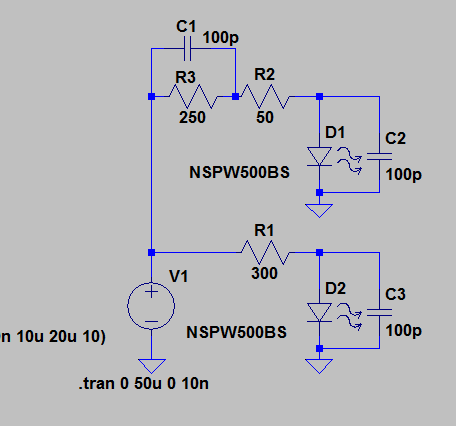sabu31
Advanced Member level 1
Hi
I am testing a single PHase H-Bridge inverter, the switches used are IRFPE50PBF and drivers is IR2110. THe dc link votlage is 400V, output 230Vrms, switching frequency =50Khz,Power level=250W.Output LC filter (L=8mH, C=9.3uF).The Pwm gating is given through an optocoupler 6n137.
I am finding that the resistance which I connect in the input side of optocoupler is affecting the entire circuit operation. If the current is less ( minimum required is 6mA) then the lower peak of output sine wave gets distorted and also the filter inductor makes humming noise (L=8mH, metglass core).Also inductor makes noise at higher power level as compared to lower level. However when the current into optocoupler (LED current) is increased,the waveform is perfect and inductor noise is also eliminated. Could somebody help me understand what is the reason and some references.
Thanking you.
I am testing a single PHase H-Bridge inverter, the switches used are IRFPE50PBF and drivers is IR2110. THe dc link votlage is 400V, output 230Vrms, switching frequency =50Khz,Power level=250W.Output LC filter (L=8mH, C=9.3uF).The Pwm gating is given through an optocoupler 6n137.
I am finding that the resistance which I connect in the input side of optocoupler is affecting the entire circuit operation. If the current is less ( minimum required is 6mA) then the lower peak of output sine wave gets distorted and also the filter inductor makes humming noise (L=8mH, metglass core).Also inductor makes noise at higher power level as compared to lower level. However when the current into optocoupler (LED current) is increased,the waveform is perfect and inductor noise is also eliminated. Could somebody help me understand what is the reason and some references.
Thanking you.

